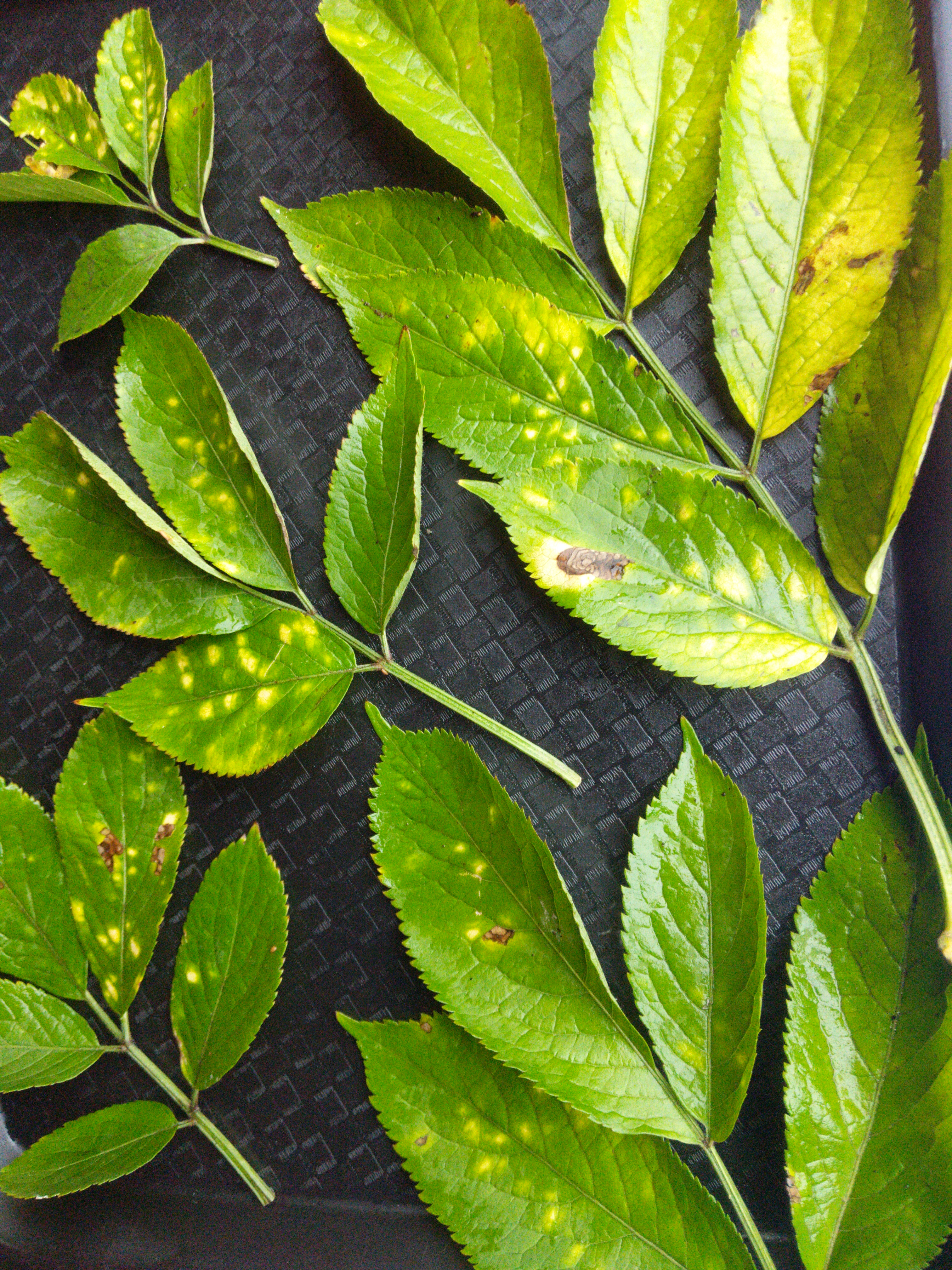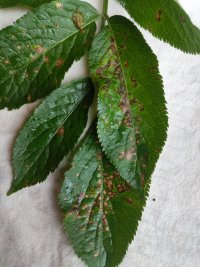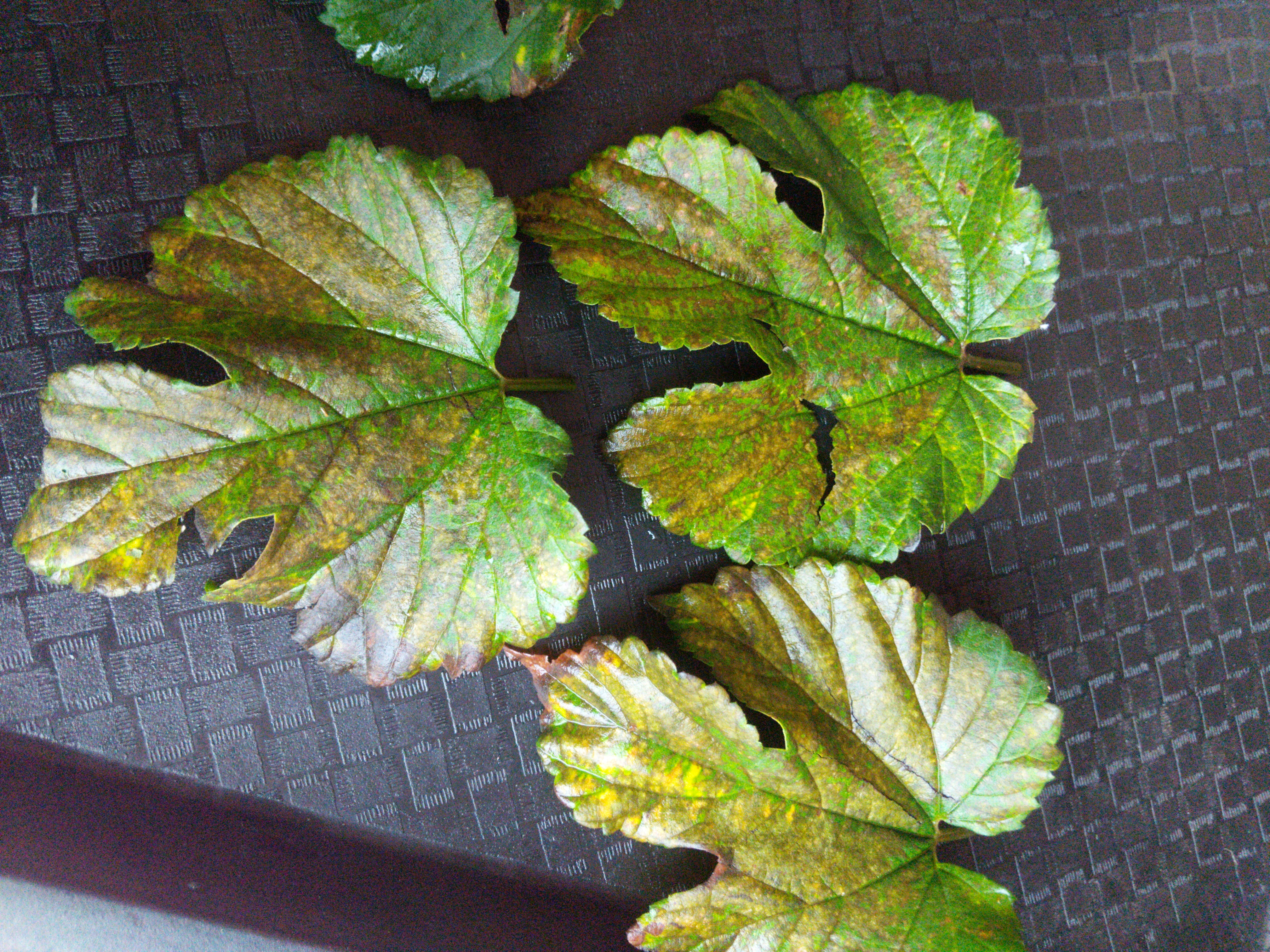willow wolf
Member
Hi guys does anyone recognise this leaf deficiency? my theories are I may have added too much potassium, causing calcium deficiency,
or possibly that the soil is too salty, as its the household compost pile, too much sodium.
Its well watered so not that.
I have applied trace elements a few times so they should have the micronutrients available.
I'm hoping not virus, but the way the edges are burning doesn't look like it.
the bine worst affected has a massive crop of cones, but the leaves mostly browned off. some cones are affected but still look ok by and large.
or possibly that the soil is too salty, as its the household compost pile, too much sodium.
Its well watered so not that.
I have applied trace elements a few times so they should have the micronutrients available.
I'm hoping not virus, but the way the edges are burning doesn't look like it.
the bine worst affected has a massive crop of cones, but the leaves mostly browned off. some cones are affected but still look ok by and large.




![Craft A Brew - Safale BE-256 Yeast - Fermentis - Belgian Ale Dry Yeast - For Belgian & Strong Ales - Ingredients for Home Brewing - Beer Making Supplies - [3 Pack]](https://m.media-amazon.com/images/I/51bcKEwQmWL._SL500_.jpg)






































































